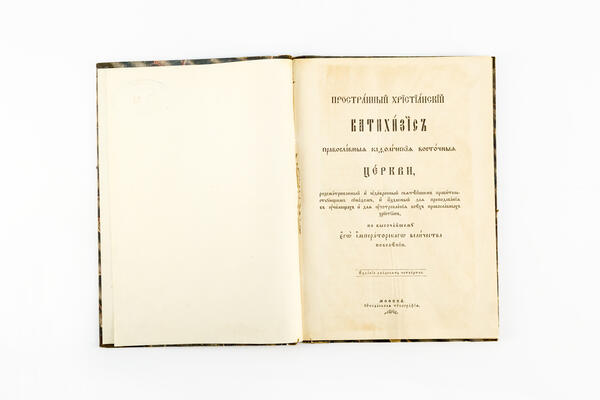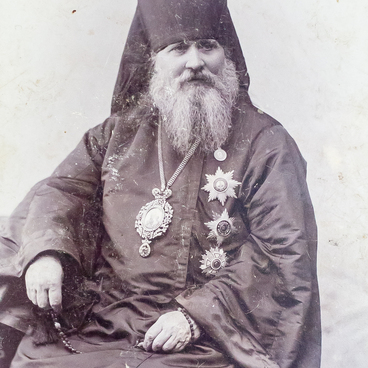Translated from Greek, the term “catechism” means “oral instruction”. Since apostolic times, this word has been used to denote the original teaching of the Christian faith.
Saint Philaret compiled the “Extensive Christian Catechism” in the early 1820s. In this work, he explained the foundations of Christian morality and ethics in an accessible form. The text is intended for a wide range of readers: it has been reprinted several times as a textbook for theological schools, public schools and for reading at home.
The museum collection houses the edition of the Synodal Printing House of 1895. This is the twenty-fourth issue, prepared “by the order of His Highest Imperial Majesty.”
The book can be divided into four parts: Introduction, Christian Faith, Christian Hope and Christian Love. The Introduction speaks of Divine revelation, Holy Scripture and Holy Tradition. In the second section, the author talks about the dogmas of the Orthodox faith, which are contained in the Creed. In the third part, the principle of prayer is studied; Saint Philaret took the prayer “Our Father” as an example. The fourth section contains reflections on the Ten Commandments and the Beatitudes.
Although the Extensive Christian Catechism by Metropolitan Philaret of Moscow was written at the beginning of the 19th century, it still remains one of the most reliable ways to understand what Orthodox Christians believe in. The author defined the essence of his book as follows,



